A Spicy and Freshly Baked Hot Injera Treat
Eritrea and Ethiopia – two culturally rich countries in the Horn of Africa – boast a diverse and flavorful cuisine that reflects their multicultural influences. Among the many dishes that define Eritrean and Ethiopian culinary heritage, Qategna/Kategna stands out as a beloved comfort food.
The Essence of Qategna/Kategna
Qategna, sometimes spelled “Kategna,” is a traditional Eritrean and Ethiopian dish made from a whole freshly baked hot Injera . Once the Injera is soaked in a flavorful mixture of berbere and Te’smi/Niter Kibbeh (spiced clarified butter), it becomes Qategna. It is typically enjoyed for breakfast or as a light meal and is celebrated for its simplicity, yet rich taste. The only drawback to making Qategna/Kategna is that it’s best made especially after baking a batch of Injera, usually reserving the last one for Qategna/Kategna.
Reminscing
Growing up, my mother used to make Qategna/Kategna every time she baked Injera on a Saturday afternoon. I was the one who enjoyed it the most. Fast forward to when I became an adult I was away from home for work. I couldn’t go back home for a couple of weeks. All I wanted was Qategna/Kategna.
I asked some women I befriended in the town if they were baking Injera that day. Most of them said they’d bake some in the next couple of days. Finally, I asked a woman who’s like a mother to me, and she said she’d bake that evening. Out of excitement, I started heading to her home at noon after I finished work. I still remember the moment she baked the first Injera that evening; she rushed to make me Qategna/Kategna. The spiciness, the heat, and the taste still stand out in my memory, not because it was different, but because it felt special.
Ingredients
The beauty of Qategna/Kategna lies in its simplicity. Make sure all the ingredients are within arm’s reach. The key ingredients include:
- 1-2 pieces freshly baked hot Injera
- 2 tbsp. berbere
- 2 tbsp. Te’smi/Niter Kibbeh
- Salt to taste
- Large round plate to hold the Injera
Steps
Step 1: Prepare the Injera
Let your last piece of Injera you’re making be the one you’re using for Qategna/Kategna. Let it dry a little more than the regular Injera to add crispiness.
Step 2: Place the Injera
Once done, carefully take out your Injera from the mogogo/mtad and place it on the large round plate.
Step 3: Mix the Te’smi/Niter Kibbeh and Berbere
- If you can tolerate the heat and use your hands carefully to avoid burns, place Te’smi/Niter Kibbeh and berbere in the middle of the Injera while it is still hot. Quickly spread the mixture throughout the Injera in a circular motion. You’ll notice the butter starting to melt immediately and the ingredients mix smoothly. (preferred method)
- Alternatively, you can mix the berbere and Te’smi/Niter Kibbeh beforehand on low heat and use a spoon to spread it all over the Injera.
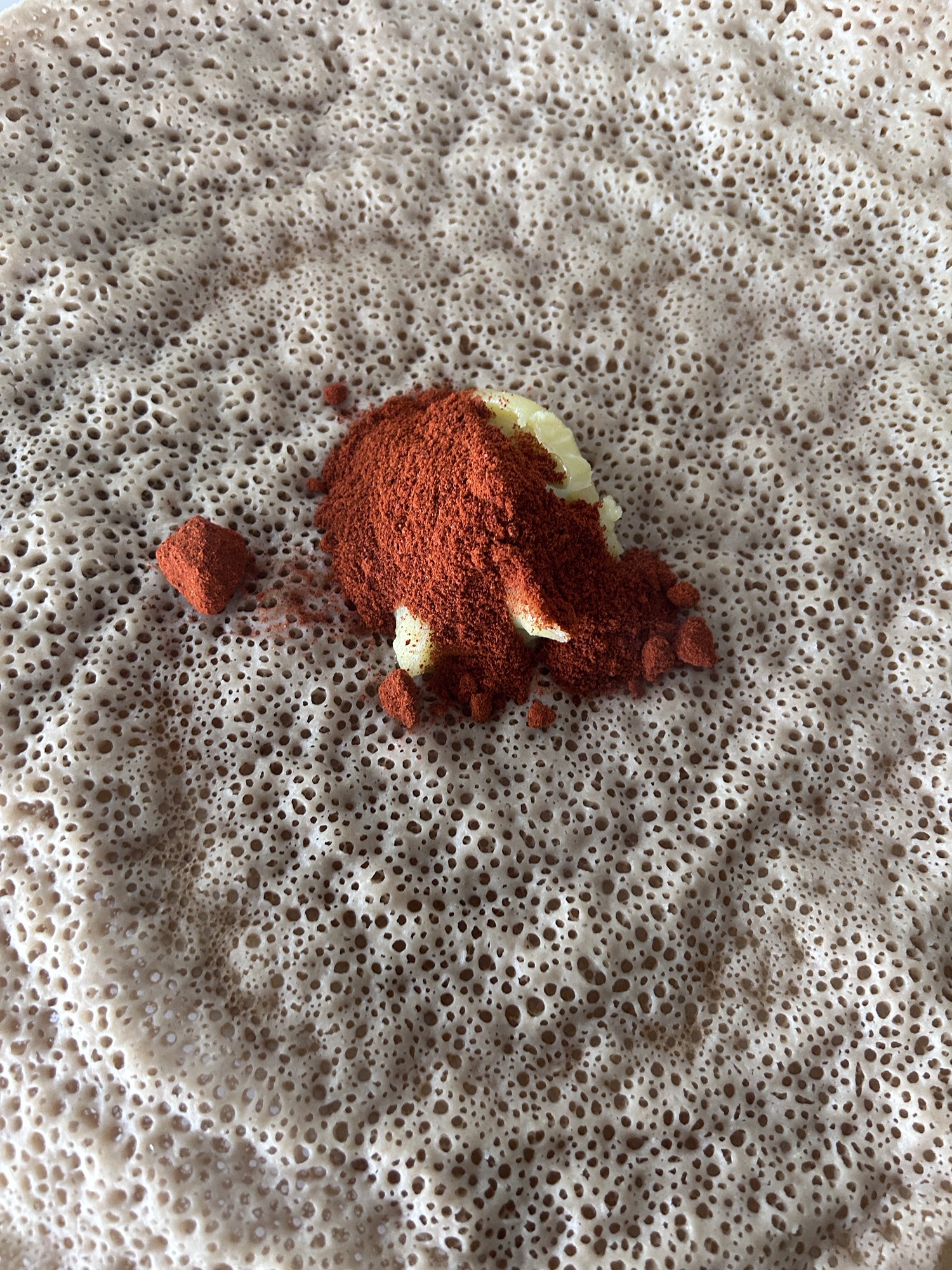
Step 4: Season and Fold
Sprinkle salt to taste. Then carefully fold the Injera to keep its warmth.
Step 5: Serve
Serve Qategna/Kategna fresh and warm along with a cup of hot tea.
Cultural Significance
Qategna/Kategna is more than just a dish; it’s a cultural experience. It embodies the warmth and hospitality of Eritrean and Ethiopian homes. Traditionally, meals in Eritrea and Ethiopia are communal, with family and friends gathering around a shared plate, fostering a sense of community and togetherness. Qategna/Kategna, with its rich flavors and simple preparation, is often a dish that brings people together, whether it’s for a casual breakfast or a cozy meal.
Moreover, Qategna/Kategna reflects Eritrea’s and Ethiopia’s agricultural heritage. The use of teff flour for Injera, the incorporation of local spices, and the preparation of Te’smi/Niter Kibbeh all highlight the countries’ reliance on homegrown ingredients and traditional cooking methods passed down through generations.
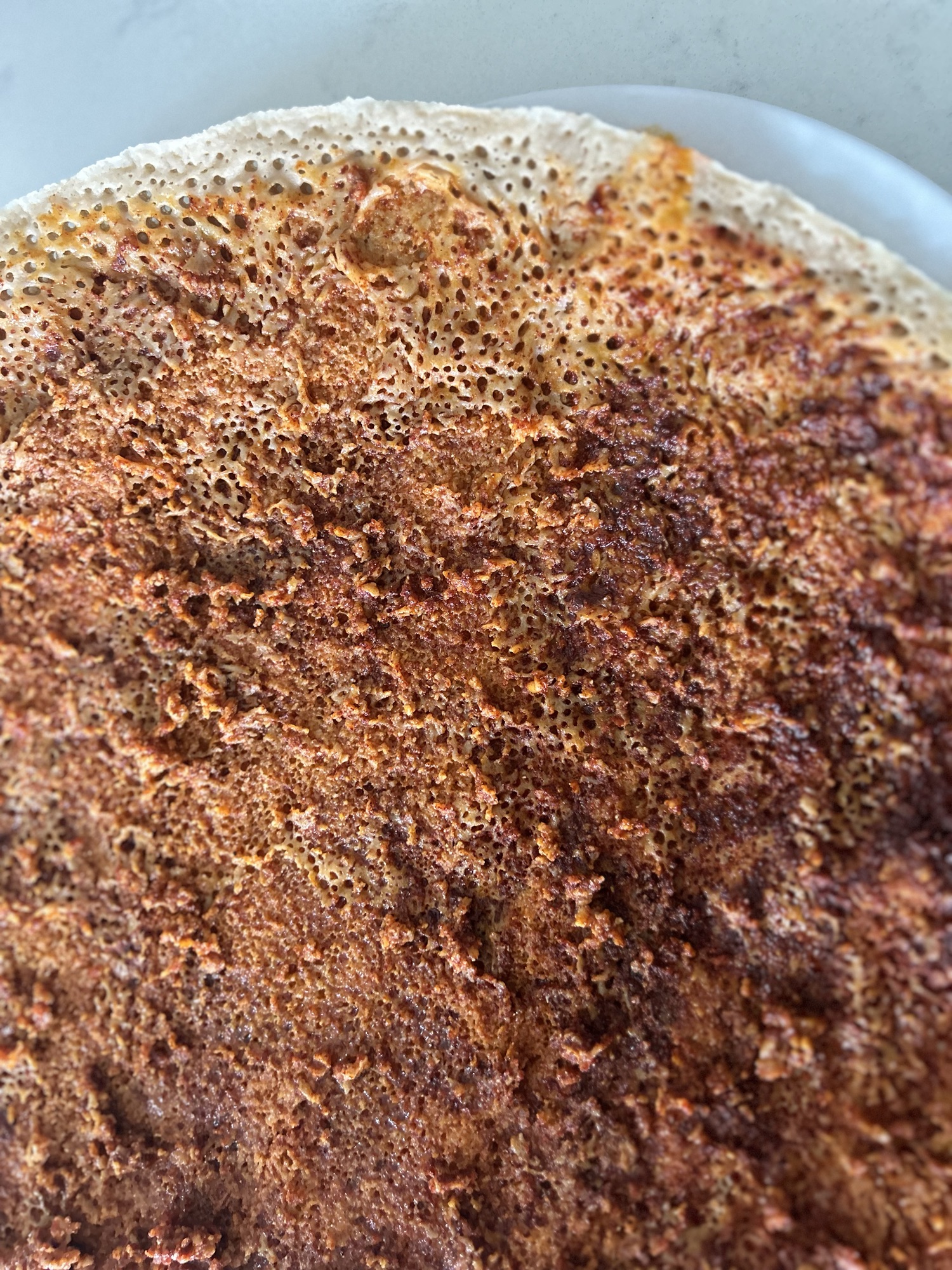
Conclusion
Qategna/Kategna is a testament to the rich culinary tapestry of Eritrea and Ethiopia. Its simple ingredients and robust flavors make it a favorite comfort food that resonates with both locals and those exploring Eritrean and Ethiopian cuisine for the first time. By trying Qategna/Kategna, you not only savor a delicious dish but also partake in a cultural ritual that celebrates community, tradition, and the joy of good food.
So next time you’re looking to explore new culinary horizons, consider Qategna/Kategna. It’s a delicious way to experience a slice of Eritrean and Ethiopian culture right in your own kitchen.
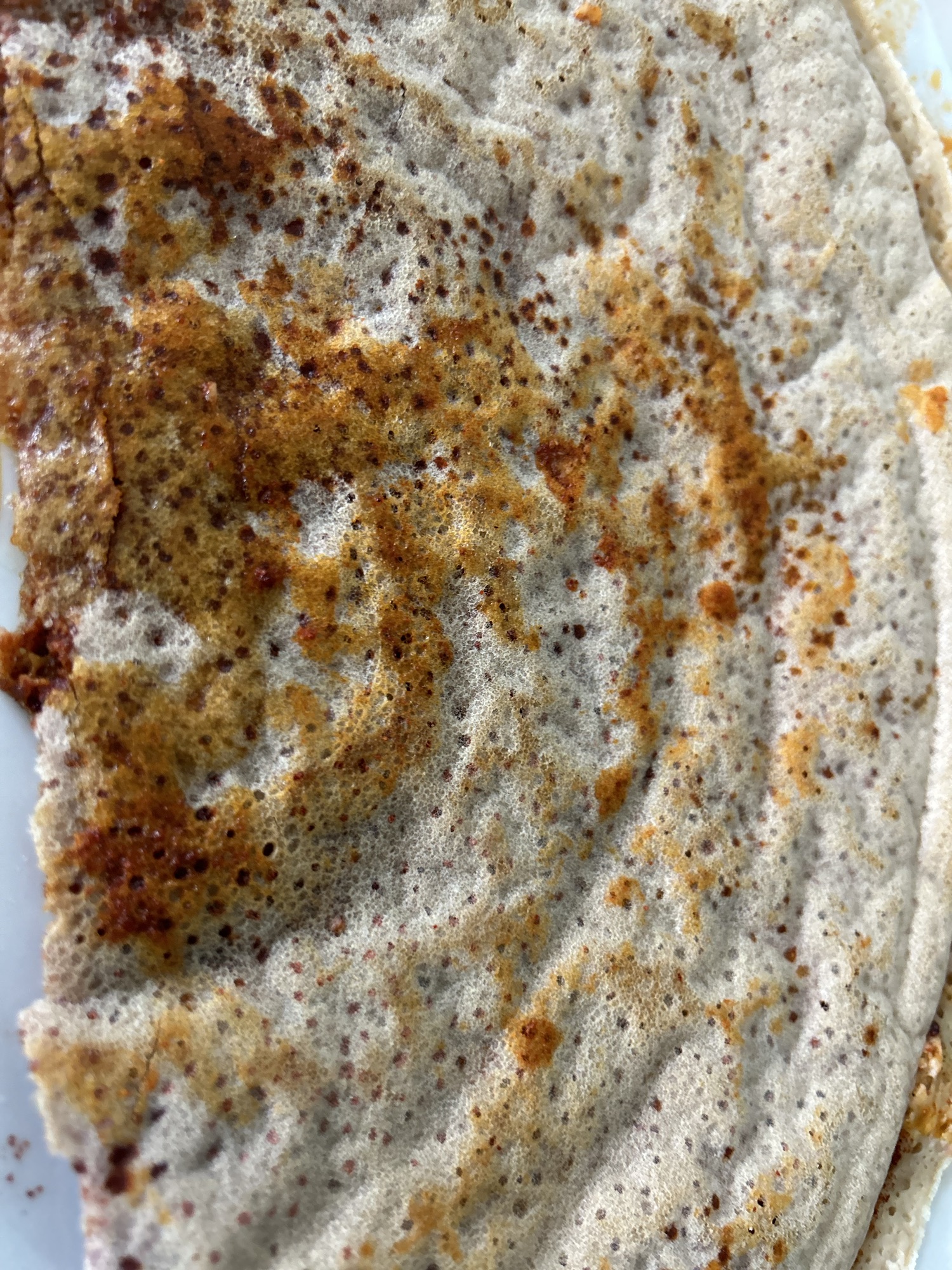
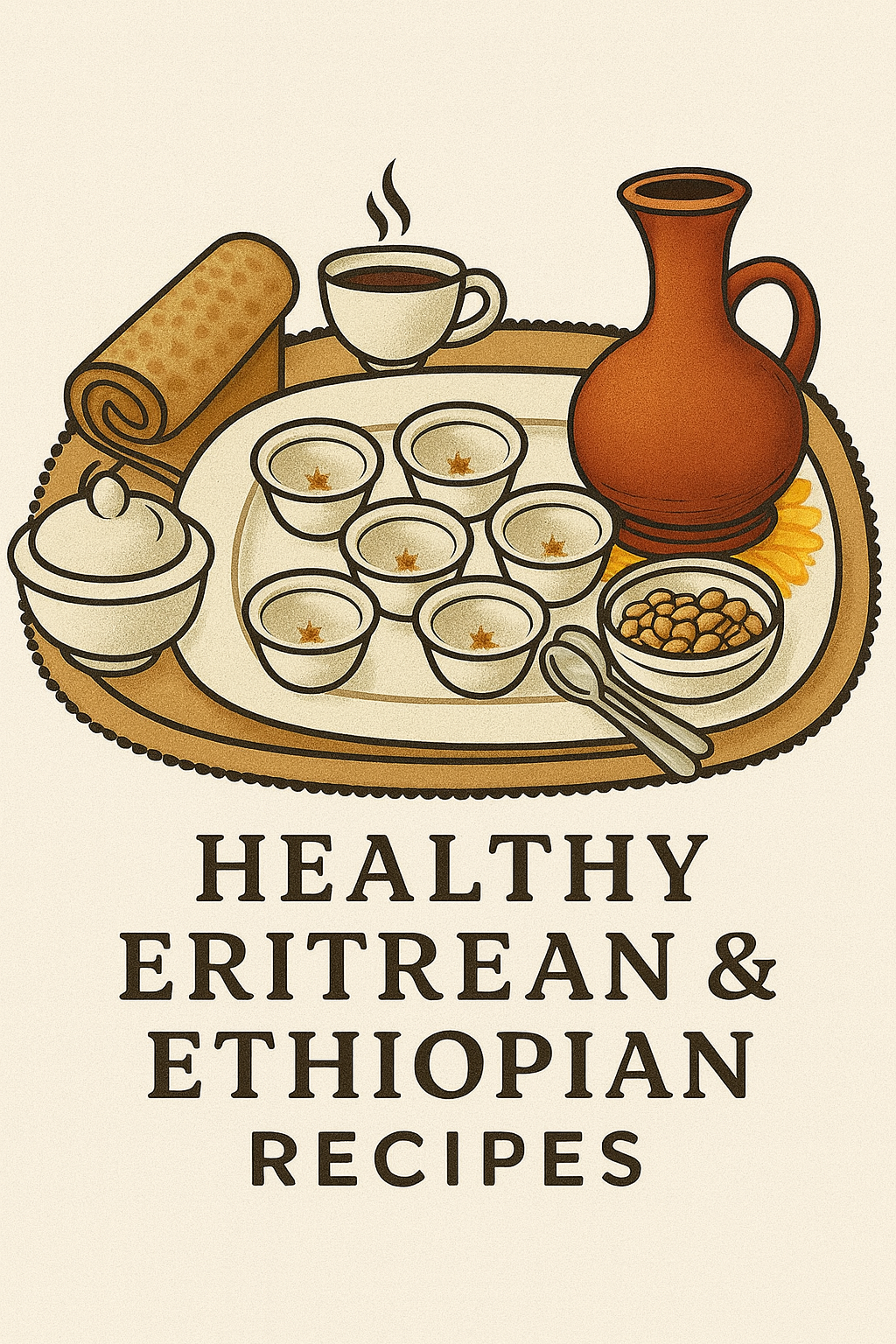
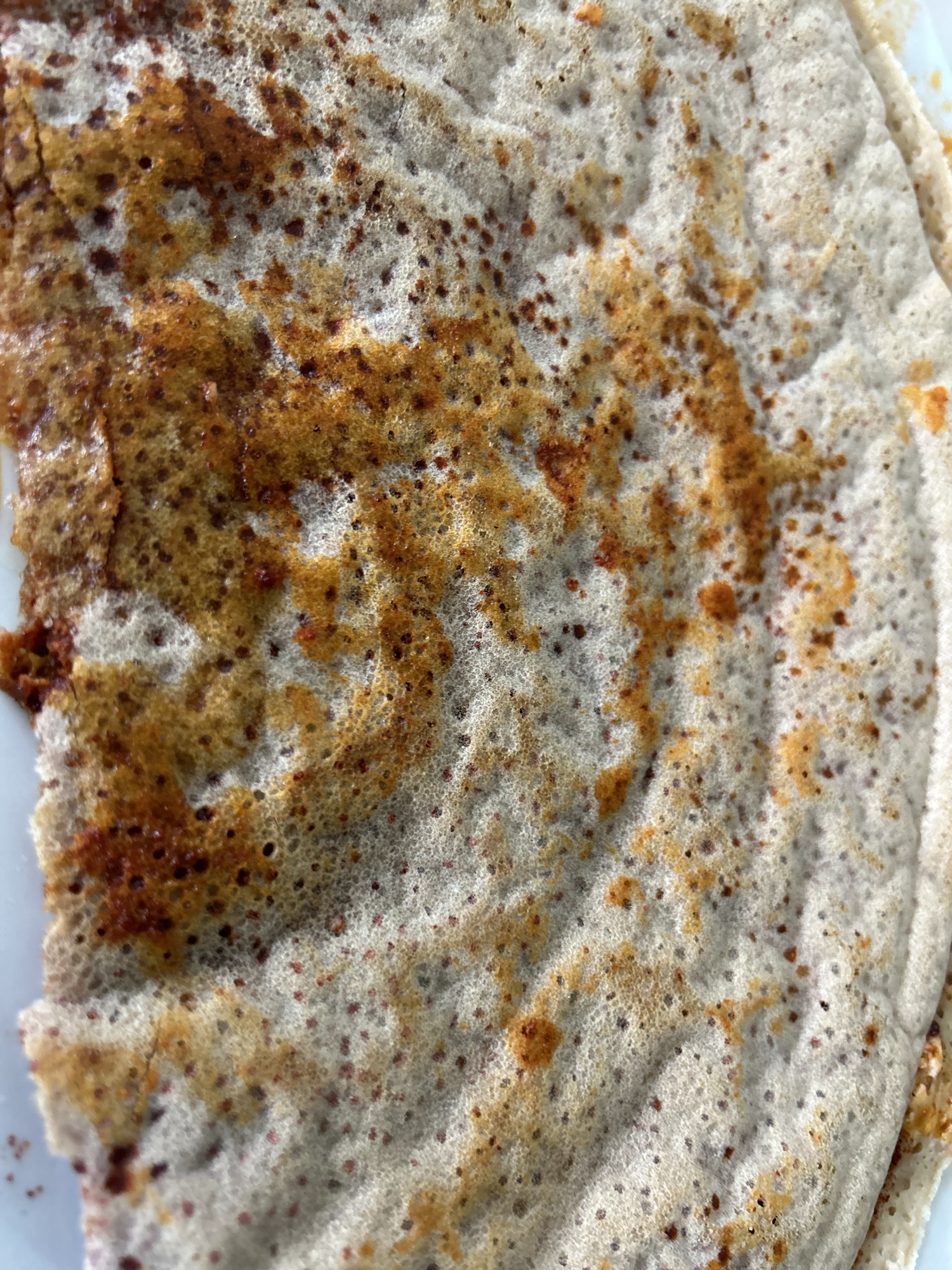
Leave a Reply